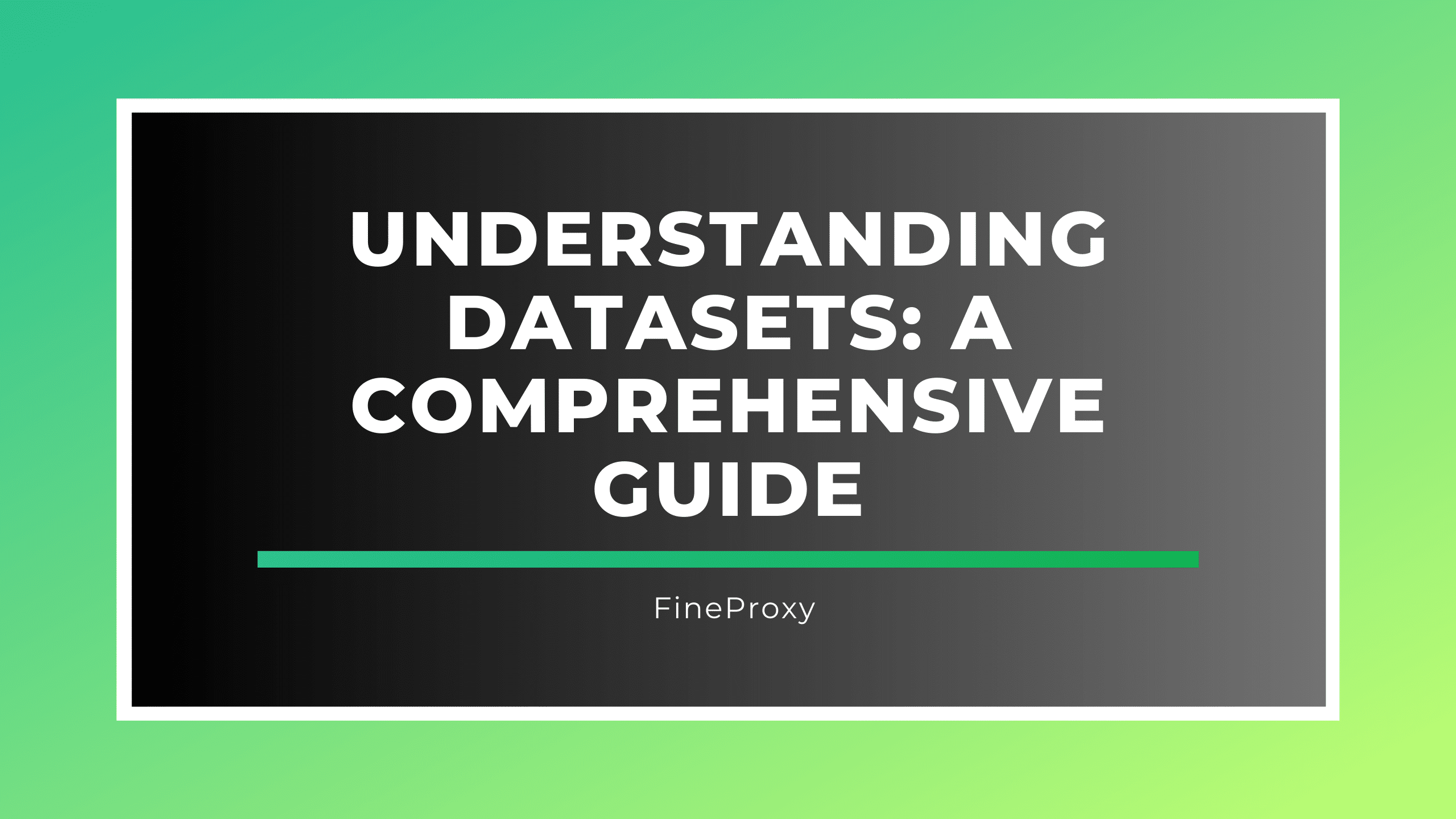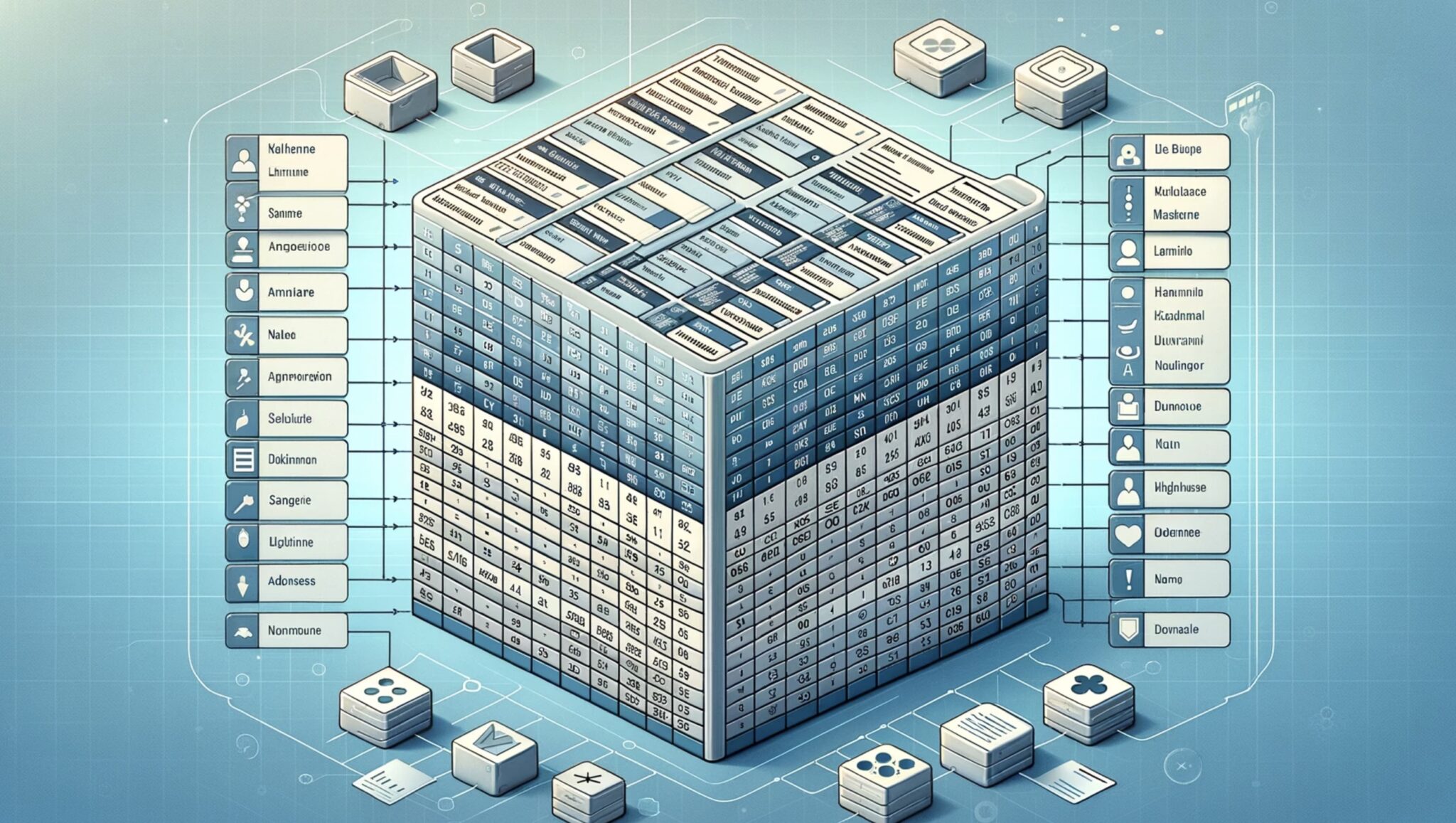
- What is a dataset in the context of data science?
- How are structured datasets defined and what are their characteristics?
- What types of data are included in unstructured datasets and what challenges do they present?
- What are semi-structured datasets and what makes them unique?
- What tools and technologies are commonly used for managing different types of datasets?
In the ever-evolving world of data science, understanding the concept of a dataset is fundamental. A dataset is not just a mere collection of data; it’s the bedrock upon which insightful analyses and groundbreaking discoveries are built. This comprehensive guide delves into what a dataset is, its importance, types, and the tools used in managing datasets.
What Is a Dataset?
A dataset is a structured collection of data, organized efficiently for data retrieval, analysis, and interpretation. These collections can vary in size, format, and complexity, serving as a crucial element in various applications like market research, healthcare analytics, and customer relationship management.

Importance of Datasets in Data Science
The role of datasets in data science cannot be overstated. They are the raw materials from which data scientists extract knowledge, deriving actionable insights. Without datasets, the practical applications of data science would be severely limited.
Types of Datasets
- Structured Datasets
- Definition and Characteristics: Structured datasets are organized in a tabular format with rows and columns. Each row typically represents a single observation or record, while each column denotes a specific attribute or variable.
- Tools for Management: Tools such as SQL databases, spreadsheets, and CSV file formats are prevalent for managing structured datasets.
- Example: Consider a table displaying an employee database, with columns for names, IDs, and salaries.
- Unstructured Datasets
- Definition and Characteristics: These datasets lack a fixed format or structure. They include diverse data types like text, images, audio, and video.
- Challenges: Unstructured data is often complex and requires advanced techniques and tools for analysis, like natural language processing (NLP) for text and image recognition algorithms for visuals.
- Example: Social media posts and video content are typical examples of unstructured datasets.
- Semi-Structured Datasets
- Definition and Characteristics: Semi-structured datasets fall between structured and unstructured data. They don’t follow a strict tabular structure but have some organizational properties like tags or markers to separate data elements.
- Tools and Formats: JSON and XML are common formats for semi-structured data. They are widely used in web applications and for data exchange between systems.

Dataset Tools and Technologies
- Data Collection Tools: Surveys, web scraping tools, and data acquisition systems are key in gathering data for dataset creation.
- Data Cleaning and Processing: Tools like Pandas and NumPy in Python are essential for data cleaning, while machine learning models can assist in data labeling.
- Data Storage and Retrieval: SQL databases for structured data and NoSQL databases like MongoDB for semi-structured or unstructured data are crucial.
- Data Analysis and Visualization: Software like Tableau and programming languages such as R and Python are used for analyzing and visualizing data from datasets.

Conclusion
Datasets are the cornerstone of data science. Understanding their types, management tools, and applications is essential for anyone venturing into this field. From structured to unstructured and semi-structured, each type of dataset has its unique characteristics and requires specific tools and techniques for effective management and analysis.
In conclusion, whether you’re a seasoned data scientist or just starting, a solid grasp of datasets is key to unlocking valuable insights and driving innovation in the data-driven world.






Comments (0)
There are no comments here yet, you can be the first!